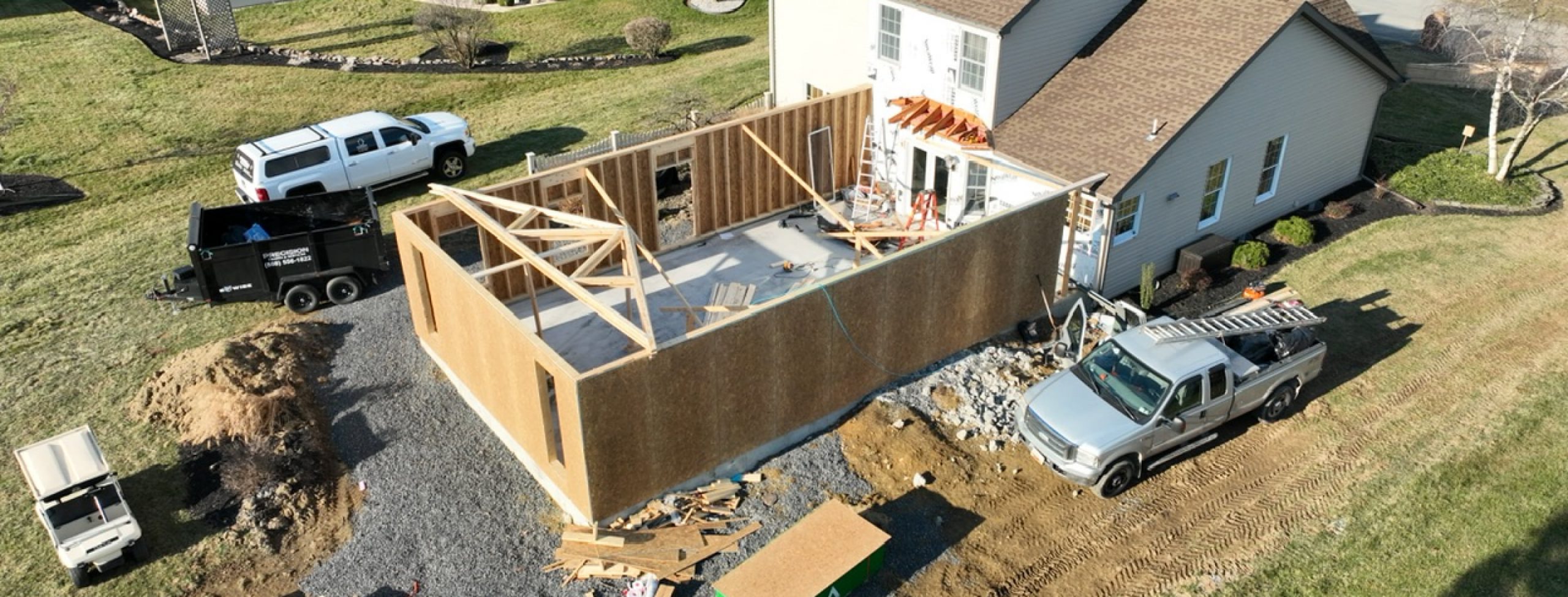To create a new page select “Pages” from the left menu > “Add New”. Once the page is created, open it in WordPress and on the right under “Page Attributes” set “Template” to be “Default template”.
You can set your page to be public or private. If private only you can see the page. The page could also be a draft or published. A draft will not be visible on your site, but allows you to save progress while working on a page. Publishing the page will allow you to access the page on the front end. You can also set the date that the page is published.
The following is an example of what you can do with on a default page template. You can set the header image of your page on the right. By clicking “Set Featured Image” below “Featured Image”. Above are two fields, “Header Content” and “Call to Action”. By default, if the header content field is not populated then the page title will be used (as seen below).

The call to action field allows you to choose a CTA banner to display at the bottom of the page. Call to action content can be added, deleted, or removed in the CTAs page located to the left in the admin menu sidebar.
You can also style the content however you want using the toolbar above (from within the WordPress editor). The following are sample styles.
Heading 1
Heading 2
Heading 3
Links and Buttons Example (H3)
Below are shortcodes to make buttons on your site. The “title” sets the text of the button, the “link” is the url that the button links to, the “type” sets the color or style of the button, and “new” will open the button in a new tab if set to “yes”.
Orange-Border Button (new tab)Orange-Border Button (same tab)
There is also a “white-border” type for placing the button on a dark teal background.
You can also auto-populate a form field when you click on a button or link. First in the form you must select the field > Advanced > check “Allow field to be populated dynamically” > give the form a field a name (Ex. interest). Then make the link that auto-populates the field like so, /page-with-form/?field-name=value/. For more help view Gravity Form’s help page.
Bulleted List Example (H3)
- Bullet #1
- Bullet #2
- Bullet #2
Ordered List Example (H3)
- Numbered #1
- Numbered #2
- Numbered #2
Horizontal Rule (H3)
You can also use a horizontal line to visually divide content sections. The element can be selected from the bar above.

Image Example (H3)
This is added by selecting the “Add Media” button from above and selecting your preferred image. To style the image click on the image you have added. Click the little pencil “Edit” button. Under “Display Settings” you have alignment options and size options. Sometimes the image will com in small or blurry, change it to a larger size to fix this issue.

Form Example (H3)
This is added by selecting the “Add Form” button from above and selecting your preferred form. Typically you do not want to display the title or the description of the form.

"*" indicates required fields

